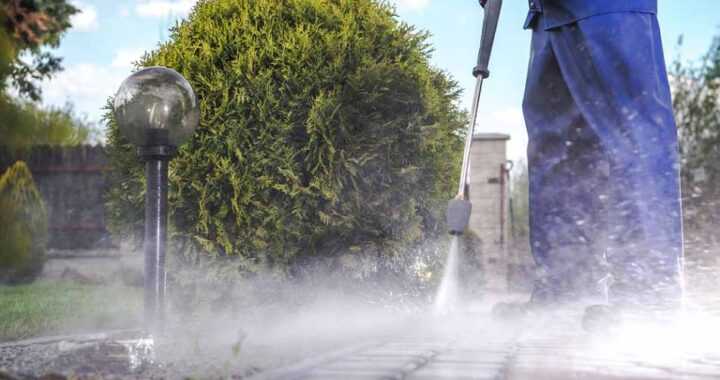
Understanding the Differences and Importance of MCBs and MCCBs
Miniature Circuit Breakers, MCBs and Moulded Case Circuit Breakers, MCCB are all different types of electrical protection devices that help protect electrical systems from overload and short circuits. These devices are essential to ensure the safe and reliable operation of equipment.
MCBs and MCCBs are circuit breakers that interrupt the flow of electricity when a fault is detected. These devices protect electrical systems from overload and short circuits, which can cause fires and other hazards.
MCB
MCBs, or miniature circuit breakers, are small circuit breakers that protect individual circuits in residential and commercial buildings. They are typically rated for currents up to 125 amps and can get easily replaced when they trip.
- MCBs are commonly used in low-voltage systems and trip quickly when an overload or short circuit occurs.
Types of MCB
MCBs and miniature circuit breakers are available in various types, including thermal, magnetic, and thermal-magnetic.
- Thermal MCBs uses a bimetallic strip that bends and trips the circuit breaker when the current exceeds the rated capacity for a specific time.
- Magnetic MCBs use a magnetic trip mechanism that detects sudden current surges and trips the circuit breaker.
- Thermal-magnetic MCBs combine thermal and magnetic trip mechanisms for protection against overloads and short circuits.
MCBs are available in single-pole, double-pole, and triple-pole configurations. Single-pole MCB protects single-phase circuits, while double-pole MCB protects two-phase circuits. Triple-pole MCBs protect three-phase circuits.
MCCB
MCCB, or moulded case circuit breaker, is larger circuit breakers for higher current ratings and industrial applications.
- MCCBs can handle currents up to 2500 amps and are used to protect large motors, generators, and other high-current equipment.
- MCCBs are more robust than MCBs and can withstand harsh environments.
Types of MCCB
MCCB, the moulded case circuit breaker is available in various types, including thermal-magnetic, electronic, and microprocessor-based.
- Thermal-magnetic MCCB uses a bimetallic strip and magnetic trip mechanism to protect against overloads and short circuits.
- Electronic MCCBs use solid-state trip units to provide more accurate and adjustable protection.
- Microprocessor-based MCCBs use advanced algorithms and communication features to provide remote monitoring and control.
MCCBs are available in different frame sizes, ranging from 100A to 2500A. The frame size refers to the physical size of the circuit breaker and the maximum current rating it can handle.
MCCBs are installed in industrial and commercial applications, such as power generation, distribution, and automation.
Factors while selecting a circuit breaker
Factors such as current rating, trip time, and fault current should be analyzed while selecting a circuit breaker for a particular application.
- The current rating refers to the maximum current that the circuit breaker can handle without tripping.
- The trip time refers to the time it takes for the circuit breaker to trip once an overload or short circuit occurs.
- The fault current refers to the maximum current that can flow through the circuit breaker.
Final Words
In summary, MCBs, and MCCBs are all essential components of modern electrical systems. They protect electrical systems from overloads and short circuits and ensure safe and reliable operation.
Visit Legrand to know more!





